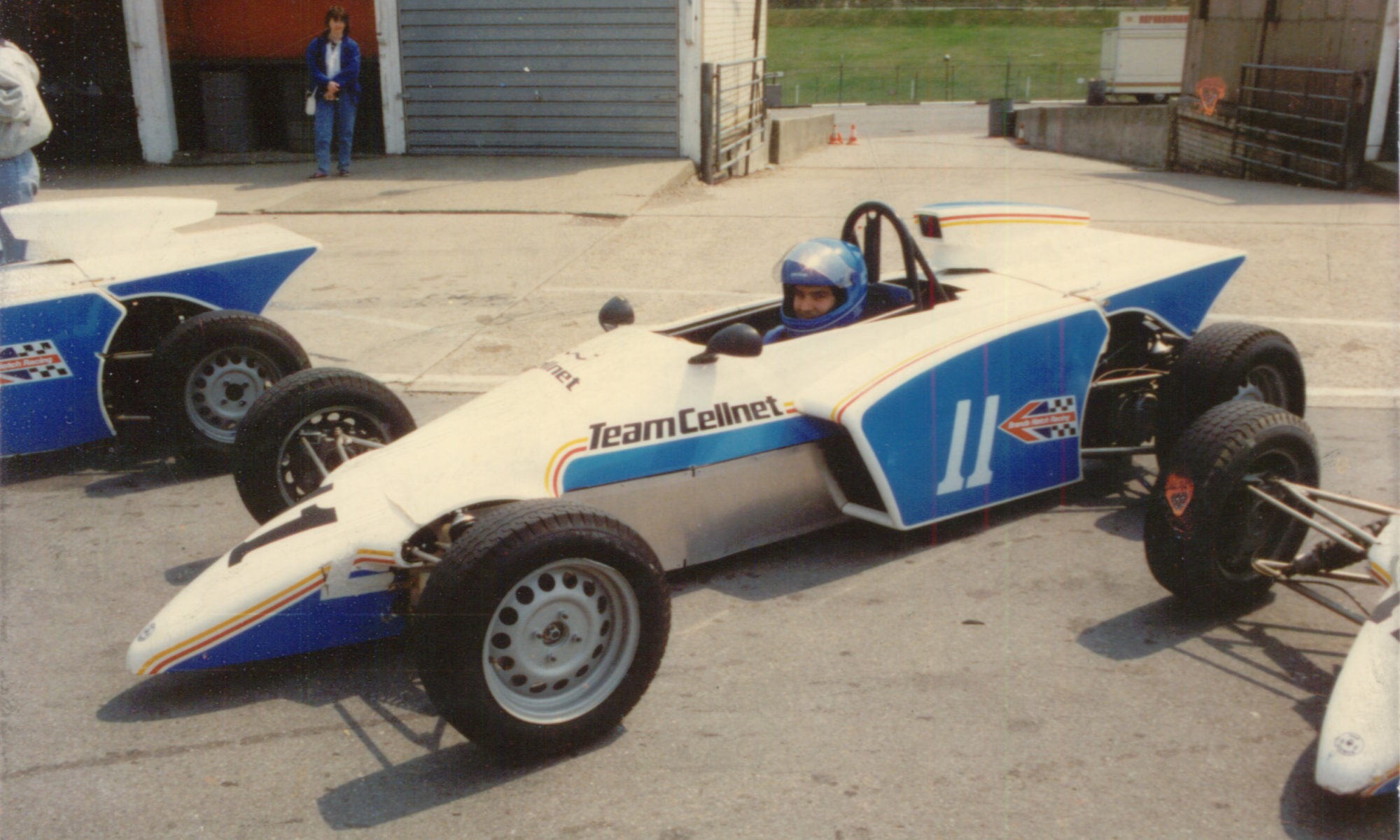When we completed the first section of the Thames Path we ended up at Greenwich and decided that one day it would be good to return and explore the place at a more leisurely pace. That opportunity came around more quickly than we had anticipated.
There are many things to do in Greenwich but what it is famous for is the Prime Meridian and, more widely, the Royal Museums Greenwich which are what I am going to concentrate on.
National Maritime Museum
To be honest we didn’t really “do” the National Maritime Museum as such. Instead, we made our way directly to a temporary exhibition that they were running: “Astronomy Photographer of the Year” which I wanted to see.
There were some amazing photographs on display grouped into different themes and I was amazed with just how much clarity there was on pictures of objects so far away. Of course, none of these were taken with a smartphone and many required the use of a telescope in addition to a camera.
What they also all had in common, mostly, was that they were composites made up of in some cases hundreds of images stitched together with lots of post-processing. This I considered to be, well, cheating a bit.
Royal Observatory
The next morning we made our way up to the Royal Observatory and as our Uber made its way along the road leading to the entrance we passed several coaches. I feared that their contents might be all within the walls of the museum but actually, they were nowhere to be seen which was a relief.
I wasn’t sure what to expect of the observatory but while it was pretty small it was fascinating and turned out to be well worth the visit. The big draw is probably the Prime Meridian but, despite its significance, that’s also the least interesting part of the visit it just being a strip of metal in the ground. As an aside, you can see the metal strip in the picture above. I took the picture having seen the same thing on display in the shop as a postcard for 80p so that’s 80p saved and it features my own feet!
There is an excellent camera obscura in one building where you can see the cars moving along the road at the bottom of the hill in remarkable clarity. But the best part was the exhibition featuring clocks from the longitude competition which were fascinating and worth the visit on their own.
John Harrison devoted much of his adult life to solving the issue of maintaining an accurate time onboard a ship building successive clocks that had greater and greater accuracy. What amazed me was how he went from a large desk clock (H3) to something that you could put into a (large) pocket (the H4). It was a thing of beauty and, as my Dad likes to remind me, he was a carpenter by trade. Inspiring stuff but my quality of handmade items would never be good enough!
Cutty Sark
The final stop was the Cutty Sark which is beautifully presented within its glass housing. The Cutty Sark was a tea clipper operating in the late 1800’s transporting crates of the stuff from China to the UK.
Your entry point to the ship is to the cargo deck which was beautifully restored and clean and, I suspect, not a very good representation of what it might have been like in its heyday. There was a short and interesting film showing the history of the ship but precious little else in the way of information to help you understand the ship. Sadly, this was also the case on the two decks above.
However, the crowning glory (if you can use that expression for something at the bottom rather than at the top) was below the boat. We took the lift down to the lower ground and came out in a light and airy space with the boat’s hull within touching distance above you. I found it quite unnerving standing beneath 921 tonnes of ship held up by a few poles! It was similar to how the SS Great Britain was presented only this was beautifully done – quite breathtaking really.
It was a good couple of days in Greenwich and despite being the “wrong” side of London for us it is somewhere that I can imagine us visiting again in future.

















